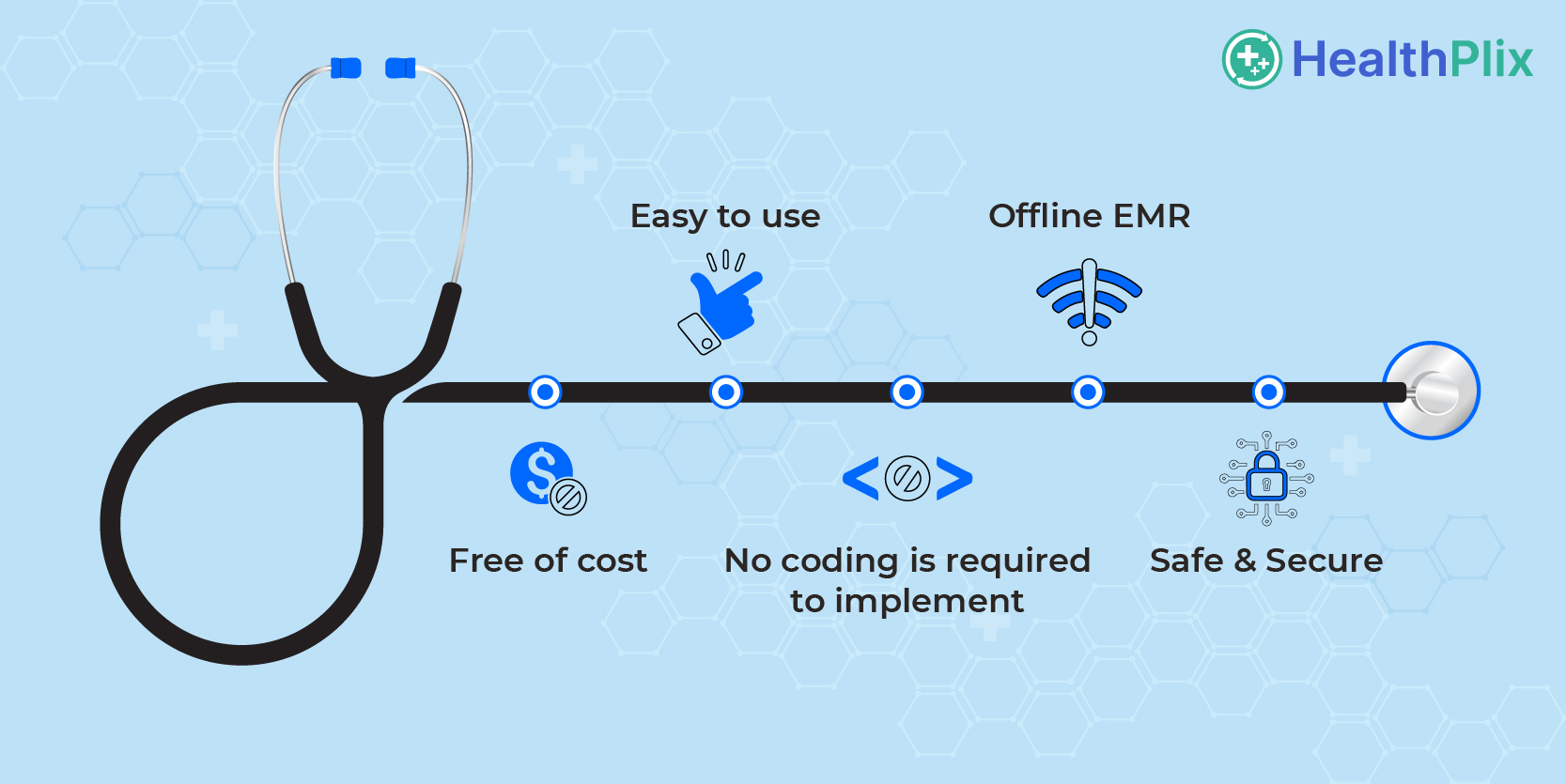Even before we try to address this question and delve deeper into the reasons, let’s take the example of 21-year-old Gauri Chandra (name changed for confidentiality reasons), suffering from a chronic kidney condition since childhood. Gauri’s treatment began at the tender age of 12 years. Every time she visited the nephrologist’s clinic, her parents had to carry bulky folders containing a history of her diagnosis, reports, and prescriptions. Till the doctor implemented EMR in his clinic.
Gauri’s follow-ups became less tedious. The doctor could track her condition in real-time and even consult online, giving her respite from the troublesome commute twice a month. Her treatment path became more focused and at the age of 15, she underwent a successful kidney transplant surgery since then, she has been living a normal life (albeit with utmost care and precaution).
The implementation of EMR by her nephrologist definitely helped the entire treatment process and saved her parents a lot of unnecessary hassles.
The benefits of digitizing healthcare with the help of an EMR do not need to be reiterated. Yet, there seems to be some sort of apprehension in India’s medical fraternity about using EMR in private clinics and hospitals.


